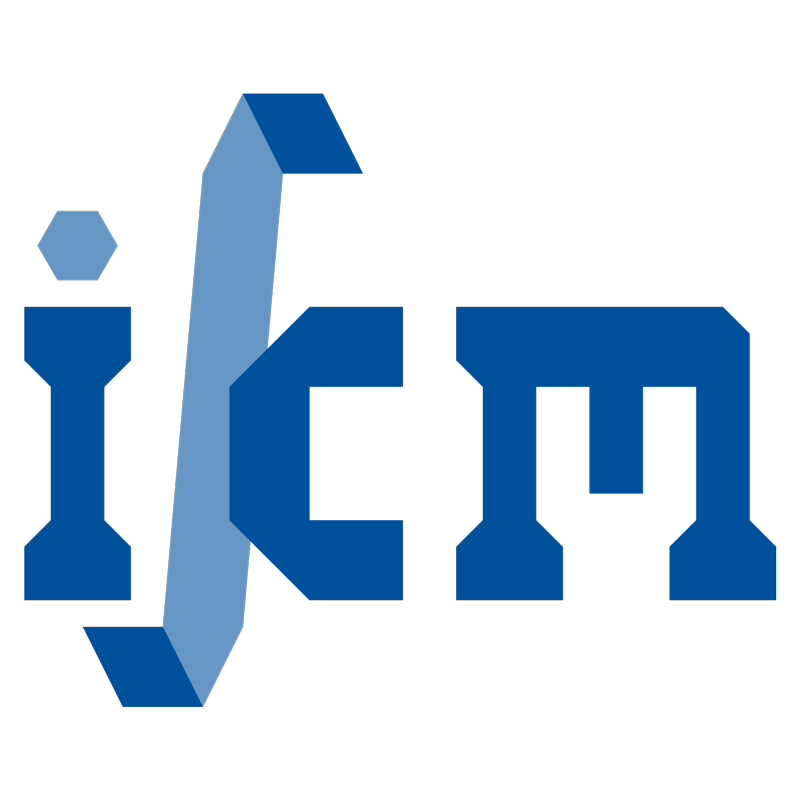3D concrete fracture simulations using an explicit phase field model
- authored by
- Lu Hai, Hui Zhang, Peter Wriggers, Yu jie Huang, Xiao ying Zhuang, Shi lang Xu
- Abstract
Phase field models can effectively capture complicated crack evolution characteristics such as propagation, bifurcating, intersecting and merging. However, the simulation of three-dimensional (3D) quasi-brittle fracture remains a challenge due to large nonlinear equation systems and significant computational costs, which are often intractable by iteration-based implicit approaches, especially in complex mixed-mode fracture. This work presents an efficient explicit phase field model based on the unified phase field theory in order to overcome the above issues. In this model, the displacement field is second-order time dependent while the damage-phase field follows a first-order time dependence with a viscosity term. Efficient explicit central- and forward-difference algorithms for each field are developed by combining VUEL and VUMAT subroutines in the software ABAQUS/Explicit; hence, the convergence issue in the implicit phase field modelling is avoided. Several typical 3D fracture benchmarks with different failure modes are analysed for verification purposes and compared with the available experimental data. The results indicate that the developed model and computational implementation method can simulate complex 3D fracture of brittle/quasi-brittle materials with salient accuracy and efficiency, and are promising to meet the requirements in structural-level engineering practices.
- Organisation(s)
-
Institute of Continuum Mechanics
Institute of Photonics
- External Organisation(s)
-
Ocean University of China
North University of China
Zhejiang University (ZJU)
- Type
- Article
- Journal
- International Journal of Mechanical Sciences
- Volume
- 265
- No. of pages
- 15
- ISSN
- 0020-7403
- Publication date
- 01.03.2024
- Publication status
- Published
- Peer reviewed
- Yes
- ASJC Scopus subject areas
- Civil and Structural Engineering, General Materials Science, Condensed Matter Physics, Aerospace Engineering, Ocean Engineering, Mechanics of Materials, Mechanical Engineering, Applied Mathematics
- Electronic version(s)
-
https://doi.org/10.1016/j.ijmecsci.2023.108907 (Access:
Closed)
-
Details in the research portal "Research@Leibniz University"


